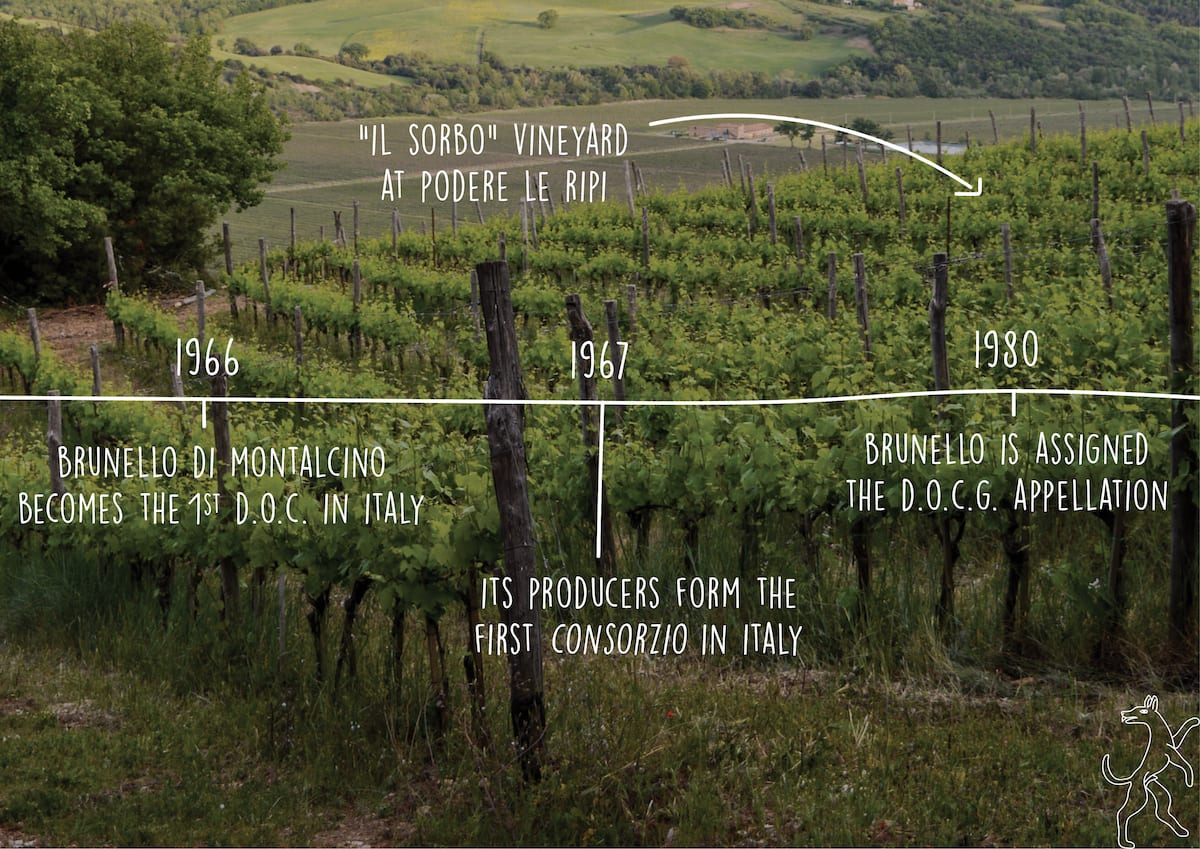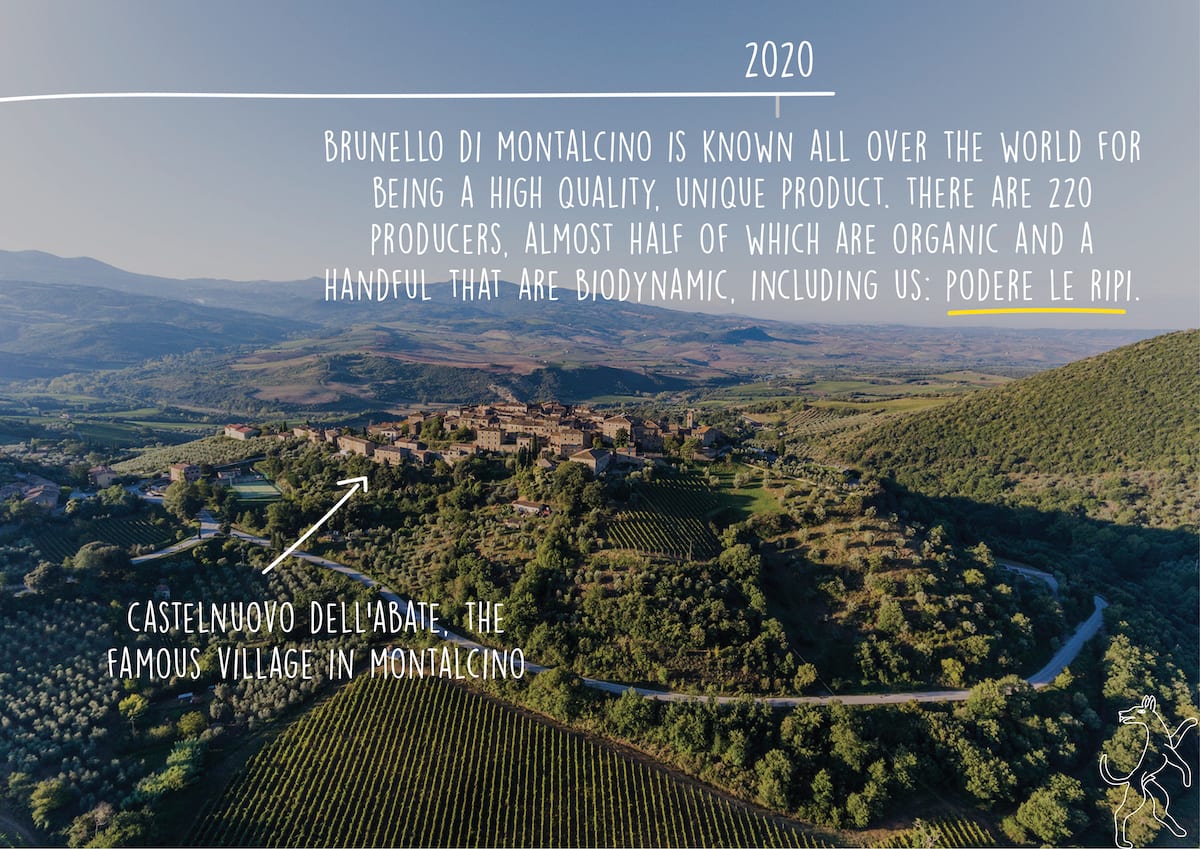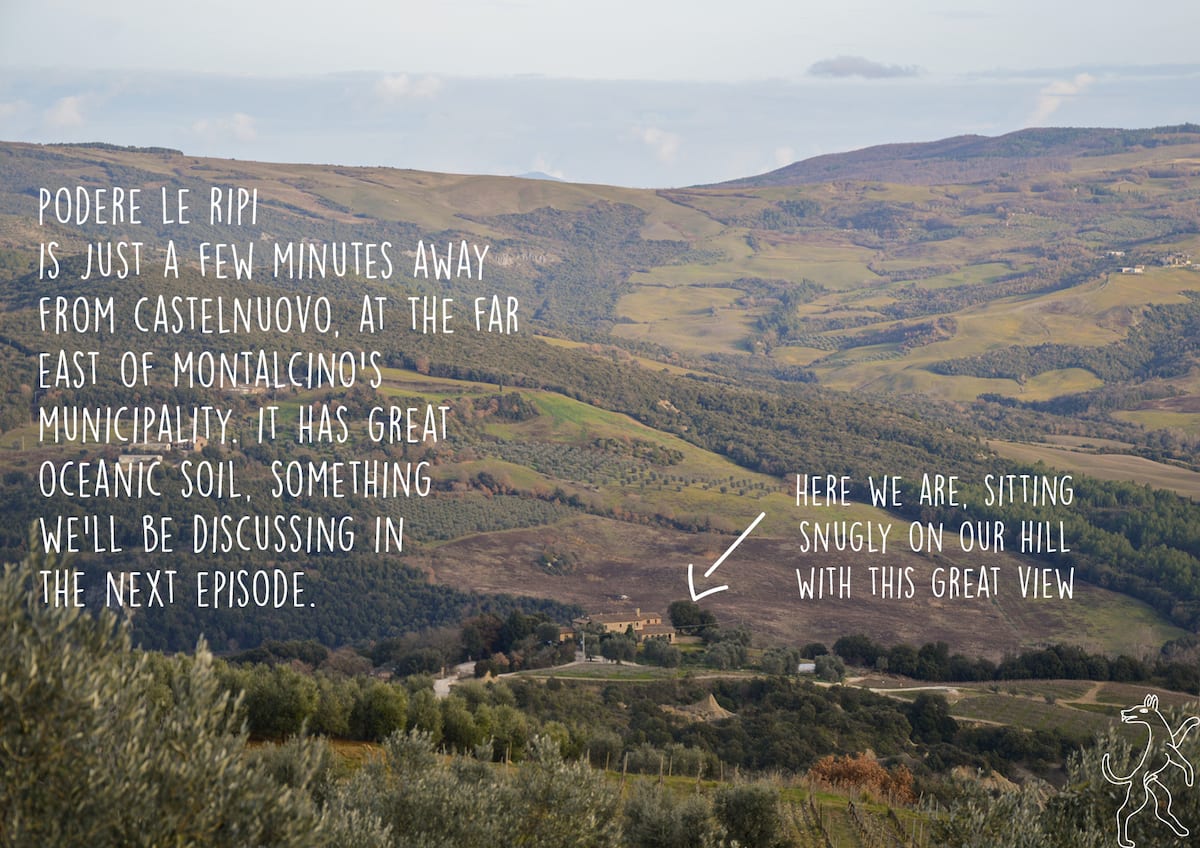Prenota una visita
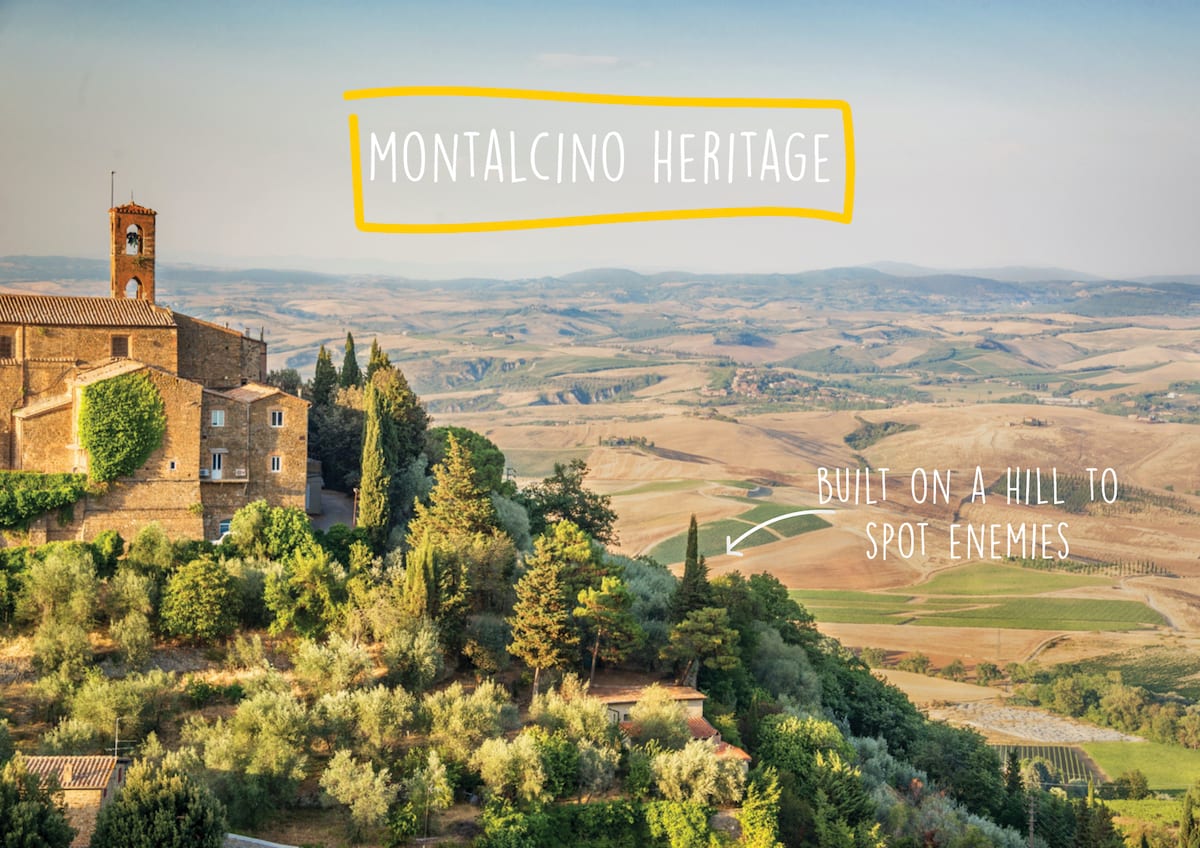
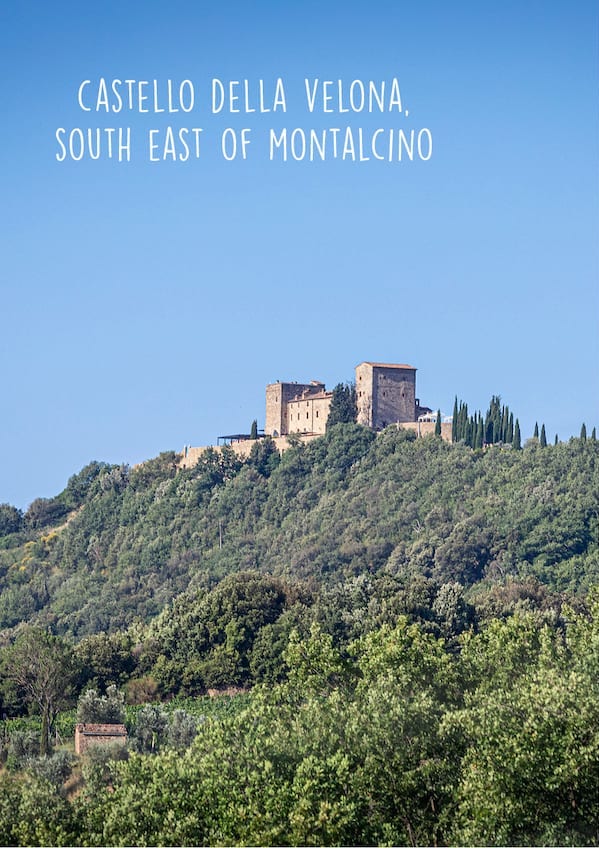
Montalcino is a small hamlet in the province of Siena in Tuscany.
Building towns on hills was common to detect enemies from afar. The surrounding valley is dotted with castles that acted as lookouts and military posts.
During the High Middle-Ages, the castles’ dominant position also allowed soldiers to light fires to signal the approaching of enemies.
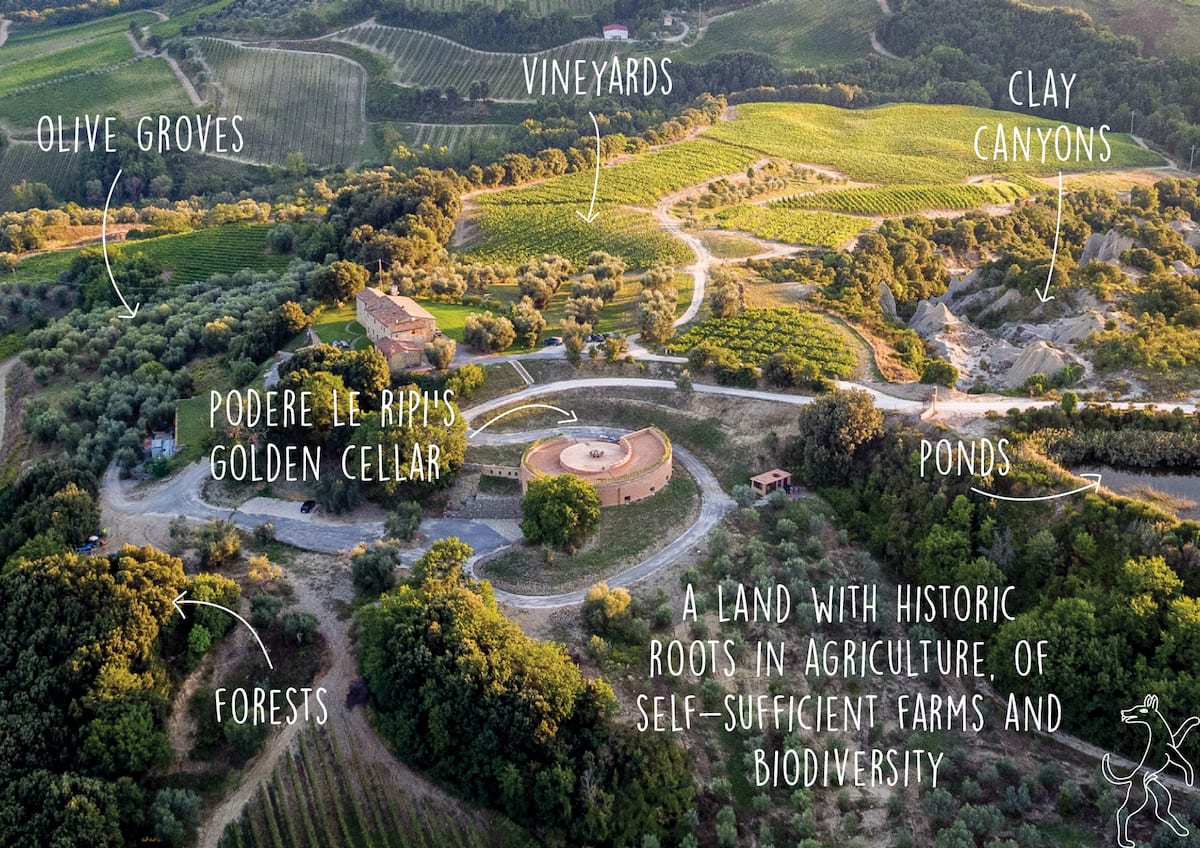
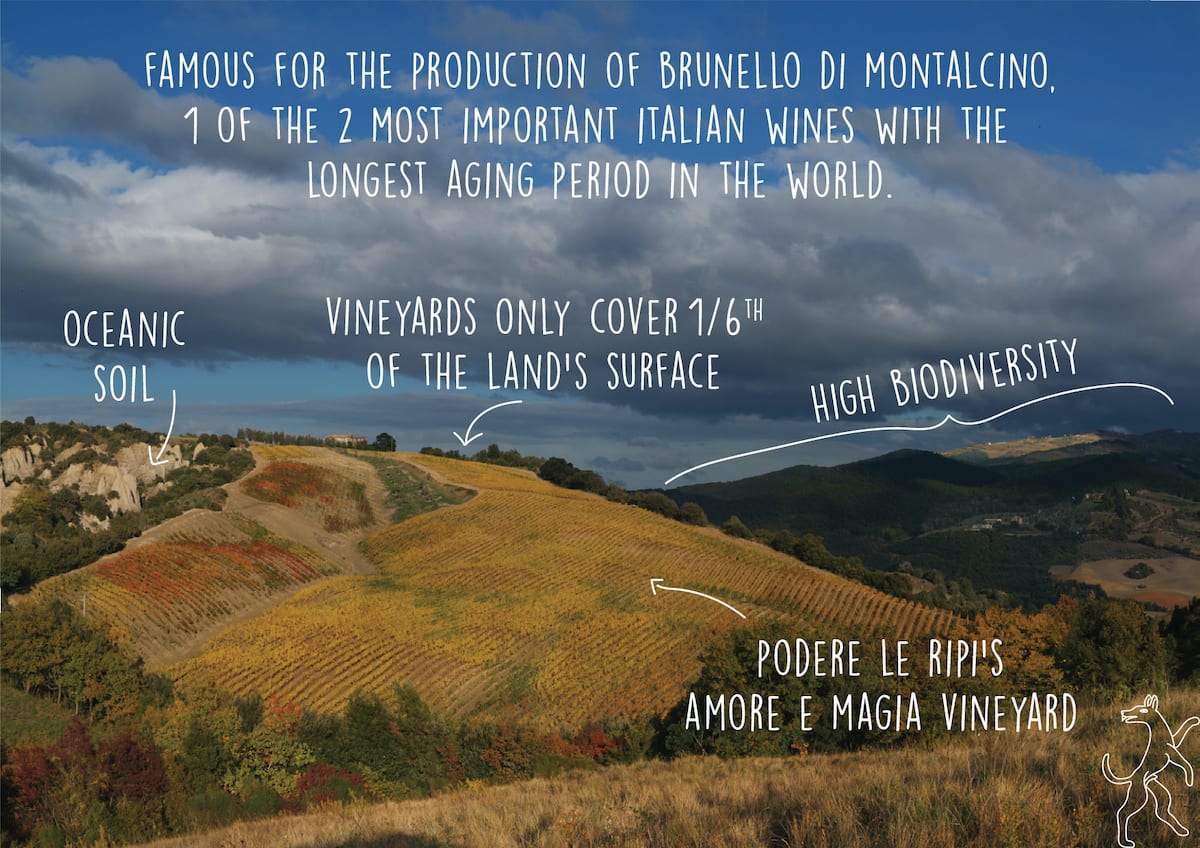
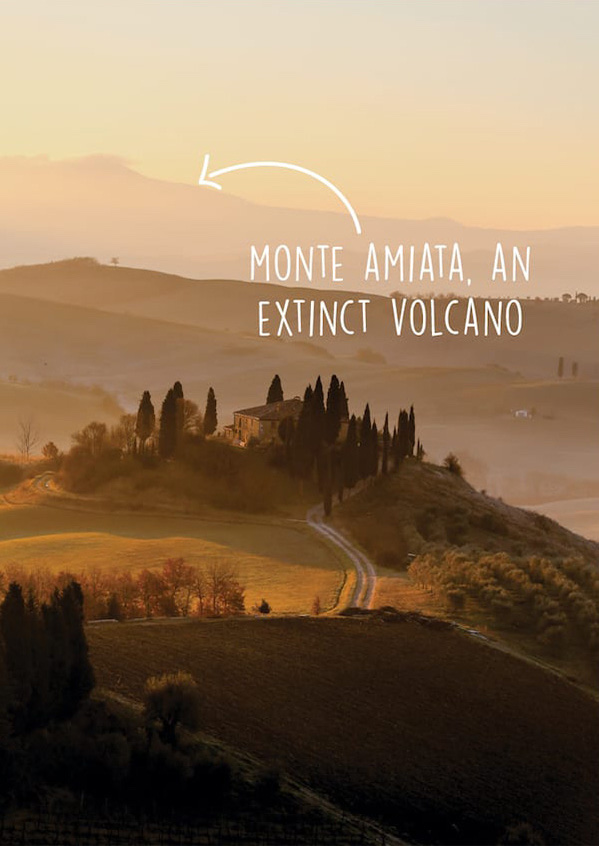
Montalcino sits in Val d’Orcia, a UNESCO world heritage site since 2004, thanks to its rolling hills and landscape that has been conserved so intactly.
A landscape that influenced many artists of the Renaissance, who would depict the unique land and its people living in harmony with nature.
Val d’Orcia’s popularity rose because of this and had a great influence on the way of mapping out landscapes in the future.

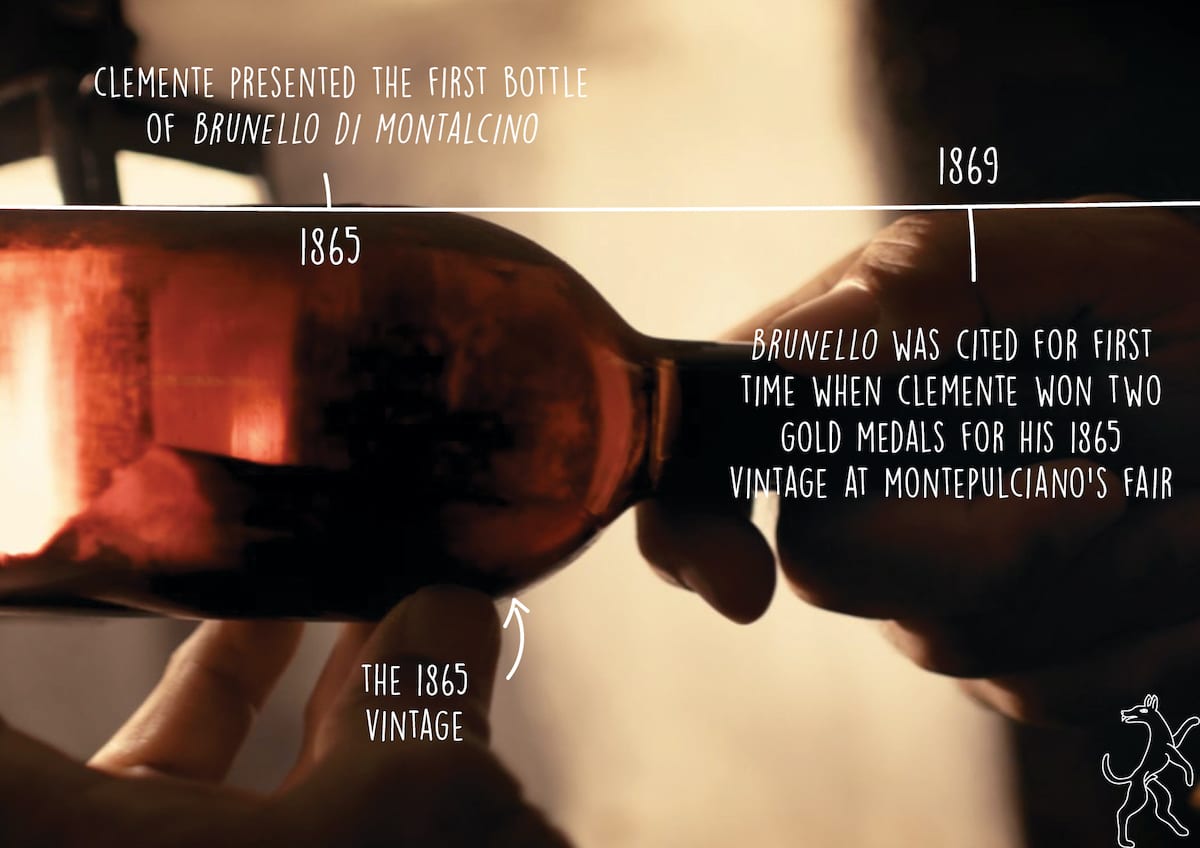
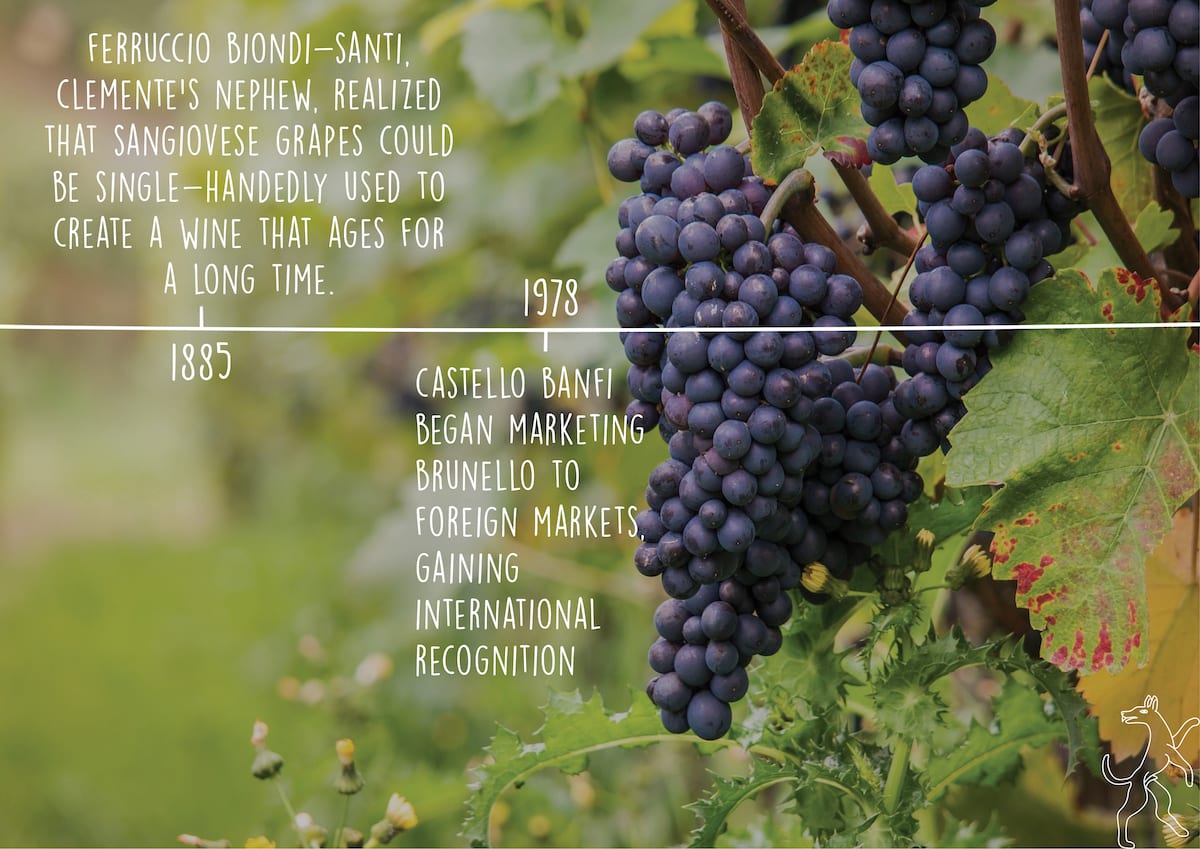
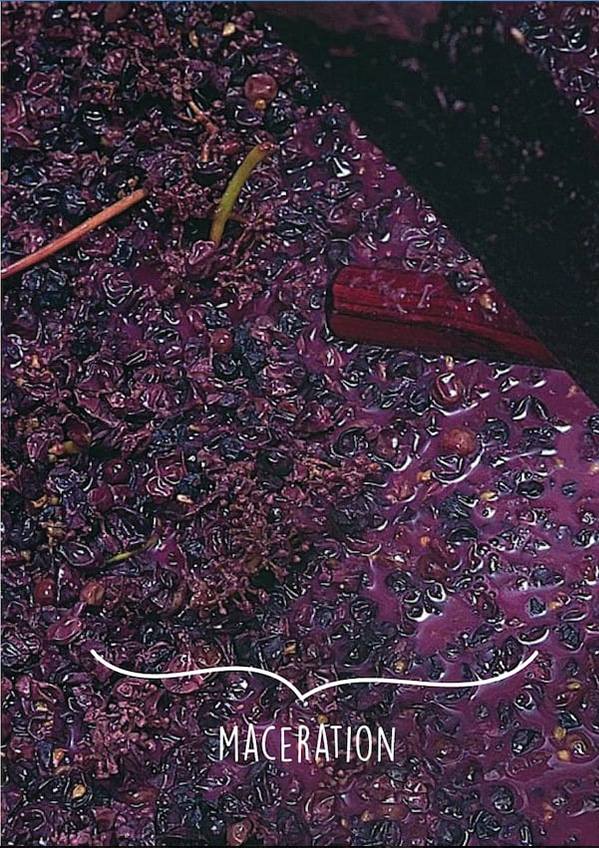
Although Clemente selected Sangiovese grapes to make Brunello di Montalcino, it was his nephew Ferruccio who examined all the different varieties of Sangiovese, finding out that Sangiovese Grosso was the most resiliant to phylloxera, and chose it to be the only variety used to produce Brunello.
Ferruccio Biondi-Santi used to make a very accurate selection of all the grapes during harvest, only using the best ones to make Brunello.
He furthermore left the grape’s juice in contact with the skins for a longer period of time, a process known as maceration. This allowed the skin to give the wine all their aromatic characteristics and a more solid structure, that would allow the wine to last the test of time.
To the left, a glass fermentation vat built by Francesco Illy, owner of Podere Le Ripi, who wanted to see what the process of fermentation in winemaking actually looks like. Amongst the things they noticed was that the grape’s dark colour disappeared from the skin and traveled to the bottom of the vat, and after a few hours rose again, coloring the liquid that was beginning to form.
